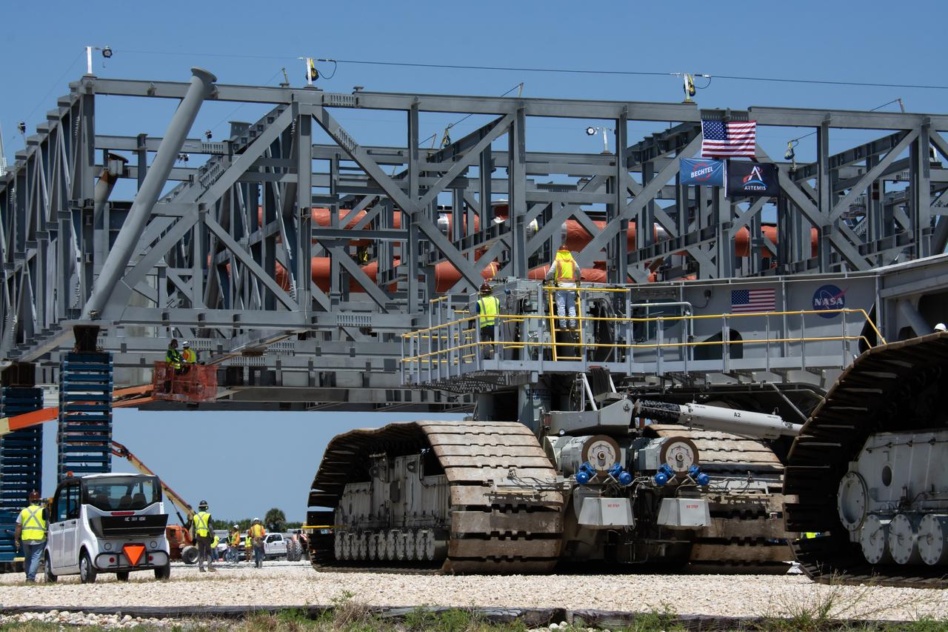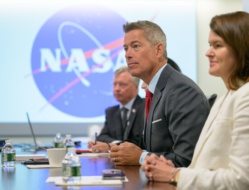NASA’s top watchdog published its most scathing report yet on the agency’s management of the Mobile Launcher 2 (ML-2) construction project at KSC.
The Inspector General report, released on Tuesday, describes significant cost and schedule overruns that will likely leave the ground structure to launch SLS unfinished when Artemis IV is scheduled to launch in September 2028.
Repeat offenders: The original $383M contract was awarded to engineering and construction firm Bechtel National in 2019 with the expectation that the launcher would be completed by March 2023.
In 2022, an OIG report found that the project would likely cost $960M to complete no earlier than 2026.
Now, OIG believes ML-2 could cost as much as $2.7B and be ready to support a launch in spring 2029 at the earliest.
Although NASA had taken steps to mitigate further costly delays since 2022—by reducing the scope of the contract, minimizing requirement changes, and improving their own project management efforts—they maintained in both reports that Bechtel was the main driver of cost and schedule increases.
Business as usual: Unfortunately for NASA—and the country’s larger goal to return to the Moon this decade—cost and schedule overruns have plagued nearly every aspect of the Artemis mission thus far.
Earlier this Summer, a pair of reports from the OIG and GAO detailed multiple critical issues with two Artemis IV vehicles—Gateway and SLS Block 1B—that together will increase costs by about $5B, on top of the $24B NASA has already invested in SLS Block 1 development.
Even the first mobile launcher (ML-1), built in 2010 to serve the now-canceled Constellation Program’s Ares 1 vehicle, took a decade and $693M in modifications to support SLS launches, or $308M more than budgeted.
The recommendation: While not much can be done to avoid missing the 2028 Artemis IV launch, OIG has recommended that NASA codify lessons learned from the ML-2 project to ensure future development efforts aren’t similarly delayed. OIG also recommended that NASA explore the feasibility of requesting that Bechtel give a cost estimate to switch the contract from cost-plus to fixed-price.




